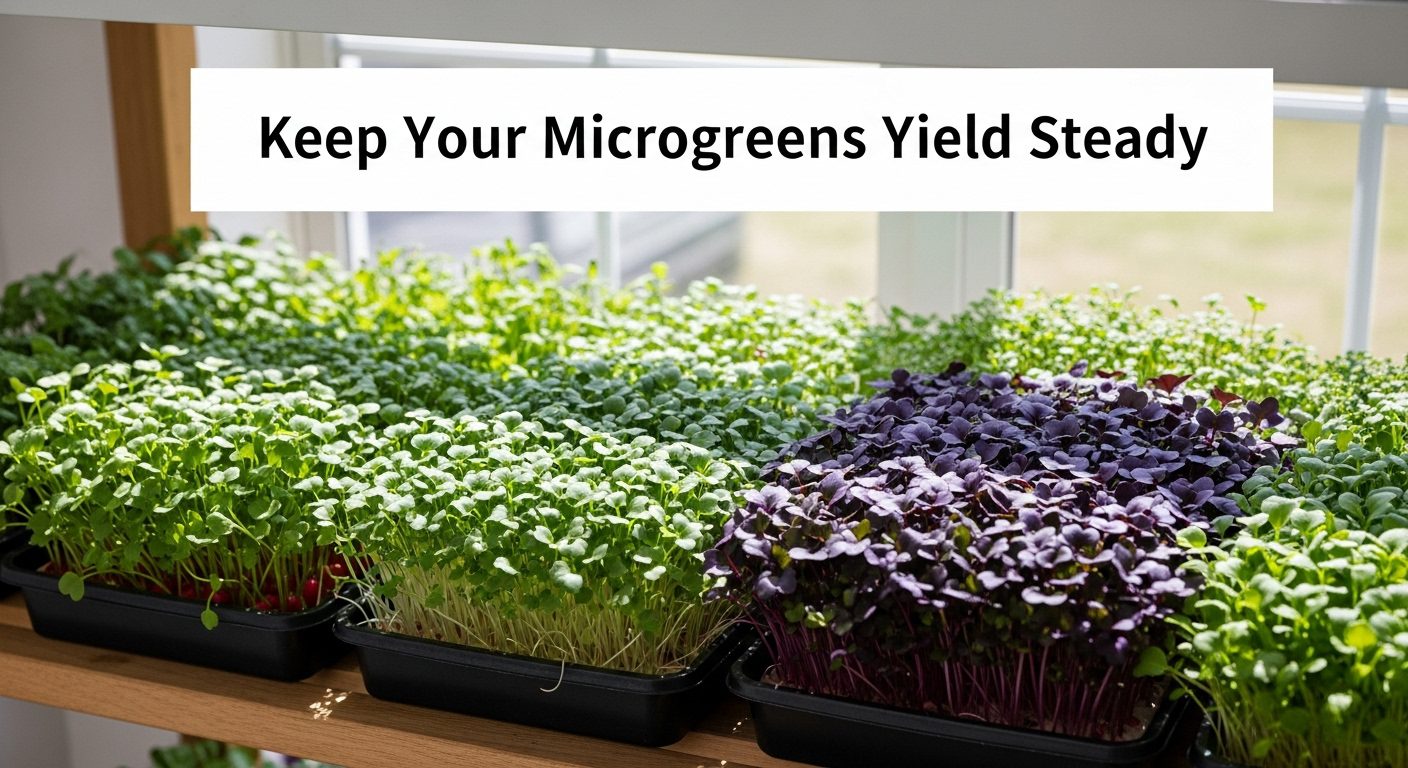
Incorporating plants into your classroom can make learning more fun and friendly. Small succulents on desks bring color and joy. Vertical gardens save space while adding green. Herb gardens teach teamwork as students care for plants. Terrariums show how nature works in a mini world.
Plants help students relax and focus better. A classroom with plants feels alive and welcoming. Try one idea today and watch your space bloom.
Why not add plants to your classroom? They make learning spaces happier and healthier. Kids love watering and watching plants grow. Tiny pots or big hanging gardens fit any room.
Plants teach responsibility and care for nature. Start small and watch your classroom shine. Let greenery turn your room into a peaceful place.
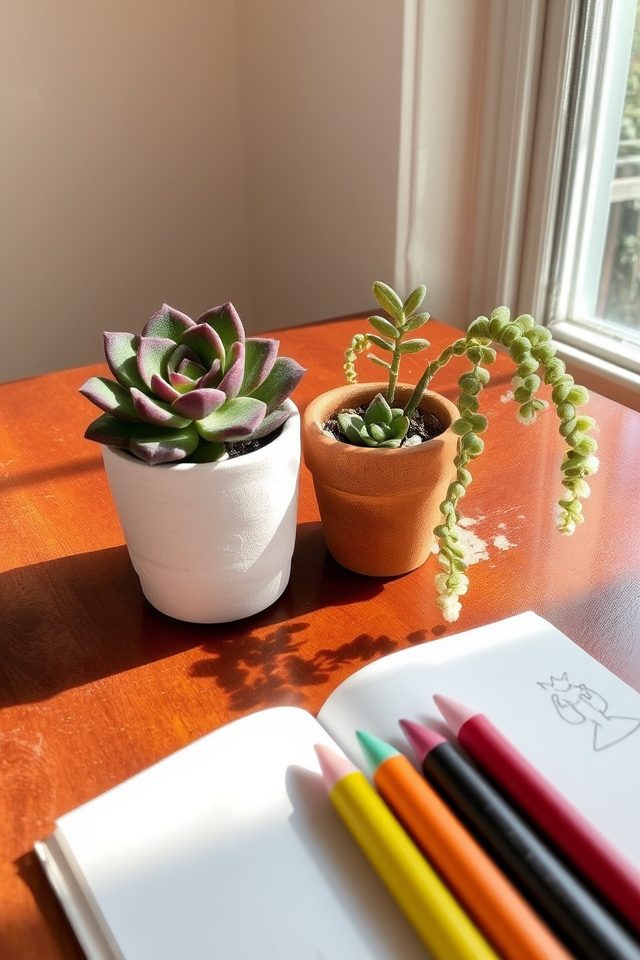
Desktop succulents are the perfect way to add a personal touch to classroom environments. These low-maintenance plants come in diverse shapes and sizes, making them ideal for any desk space. Their vibrant colors and unique textures can inspire creativity and provide a calming atmosphere for students. By incorporating desktop succulents into the classroom, teachers can create an inviting and nurturing space that encourages focus and enhances the overall learning experience. Plus, they require minimal care—a win-win for busy educators!
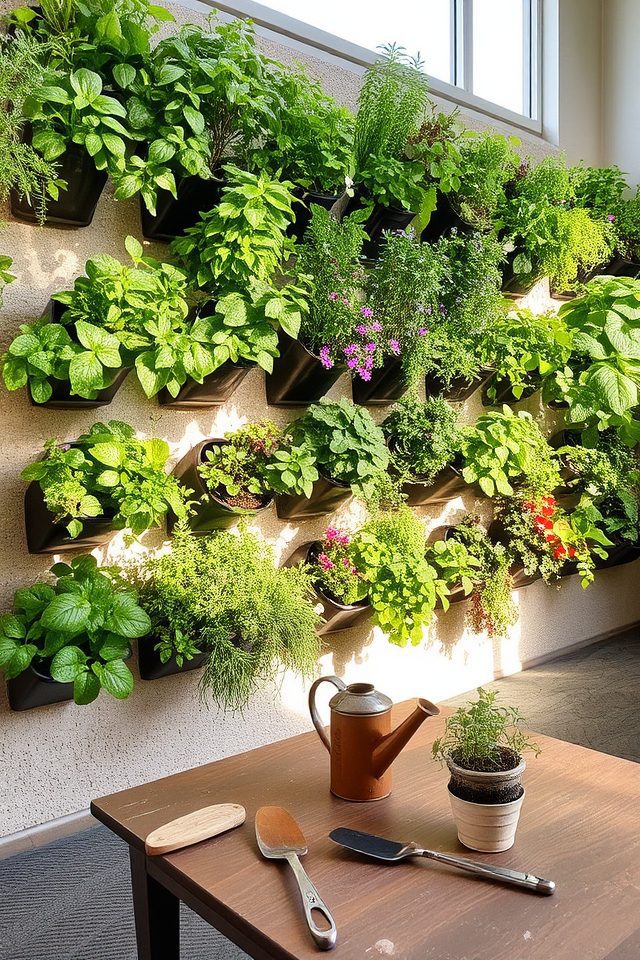
A vertical garden wall is an innovative solution for maximizing space in classrooms while enhancing the learning environment. By utilizing wall-mounted planters, educators can create an engaging and visually appealing focal point. This setup not only saves floor space but also promotes hands-on learning about plants and ecosystems. Additionally, the greenery can improve air quality and add a calming atmosphere, fostering creativity and focus among students.
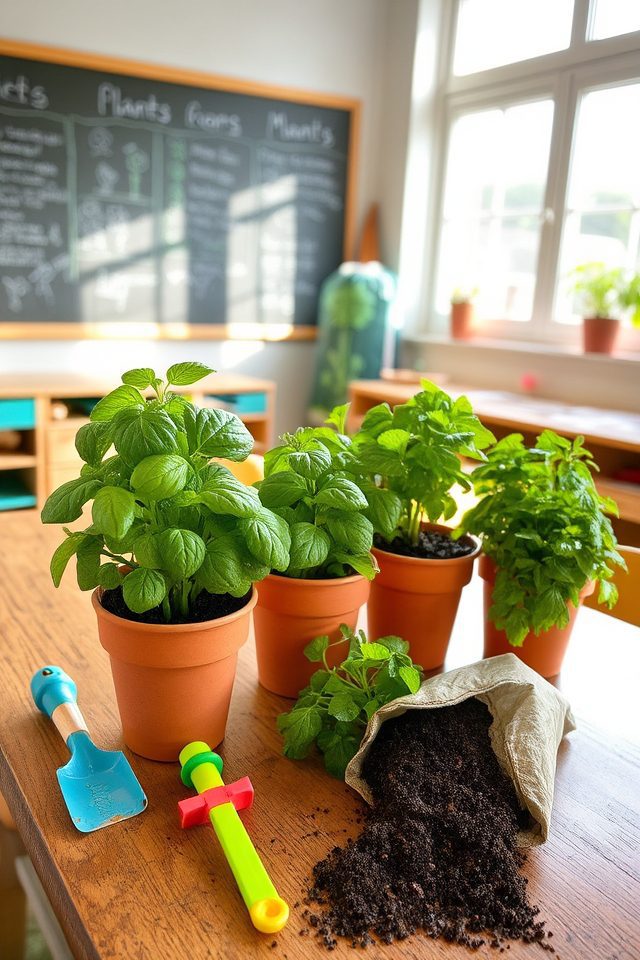
Creating a potted herb garden in the classroom offers an engaging, interactive learning experience for students. By nurturing various herbs like basil, mint, and cilantro, children can explore topics such as plant biology, responsibility, and nutrition. The hands-on activity encourages teamwork as students collaborate to care for the plants, while also learning about the importance of herbs in cooking and their natural benefits. This vibrant addition to the classroom fosters curiosity and a deeper appreciation for nature.
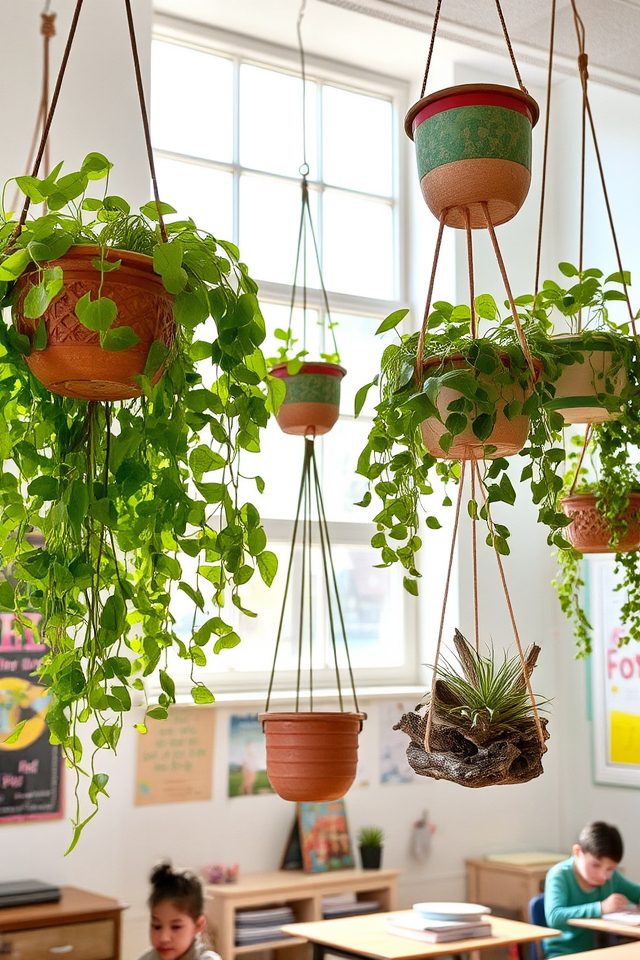
Hanging planters add a unique vertical element to classroom decor while promoting a vibrant learning environment. Ideal for preserving floor space, these planters can be suspended from ceilings, windows, or walls. Filled with low-maintenance plants like pothos or air plants, they not only enhance air quality but also stimulate creativity and relaxation among students. Additionally, incorporating colorful or creatively designed planters can make for an engaging visual display that sparks curiosity and conversation.
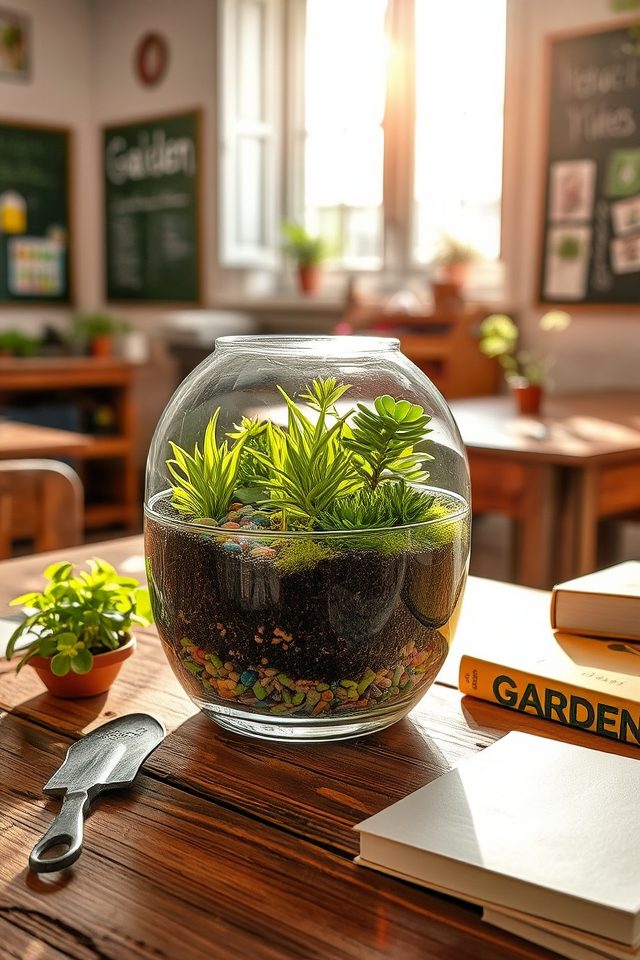
Terrariums serve as enchanting eco-friendly centerpieces in classrooms, promoting a connection with nature while enhancing the learning environment. These miniature gardens, housed in transparent containers, require minimal maintenance and can include a variety of plants, making them ideal for limited spaces. Students can engage in hands-on activities by creating their own terrariums, learning about ecosystems, water cycles, and plant care. Plus, they add a vibrant touch to the classroom décor, inspiring creativity and curiosity.
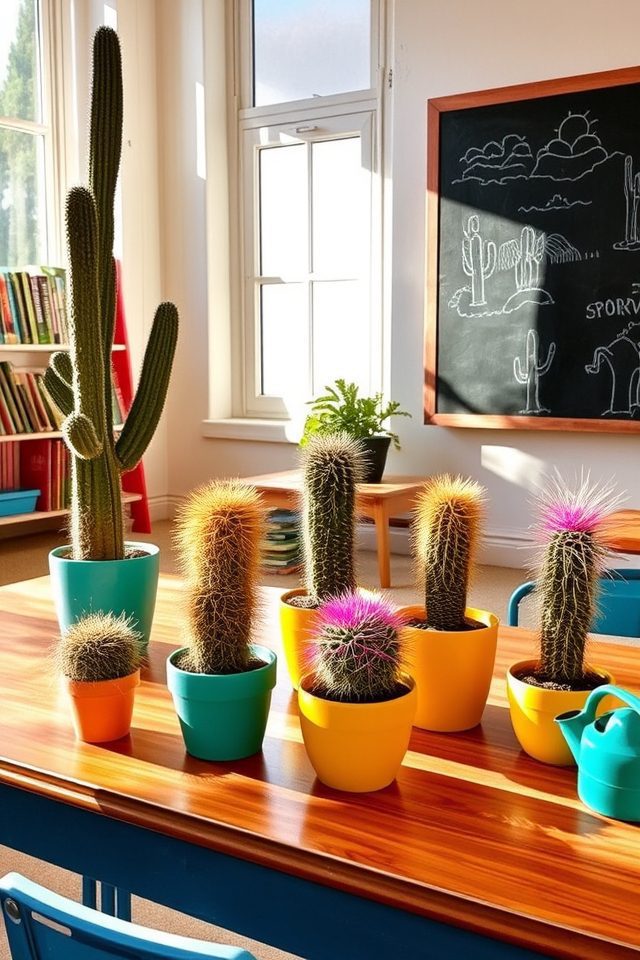
Creating a classroom cactus collection is a fantastic way to introduce students to the beauty of low-maintenance plants. Cacti come in various shapes, sizes, and colors, making them visually appealing and intriguing. They require minimal care, needing only occasional watering and plenty of sunlight, which allows students to focus on their studies without the added responsibility of high-maintenance greenery. Additionally, having these hardy plants in the classroom can stimulate conversations about ecosystems and sustainability.
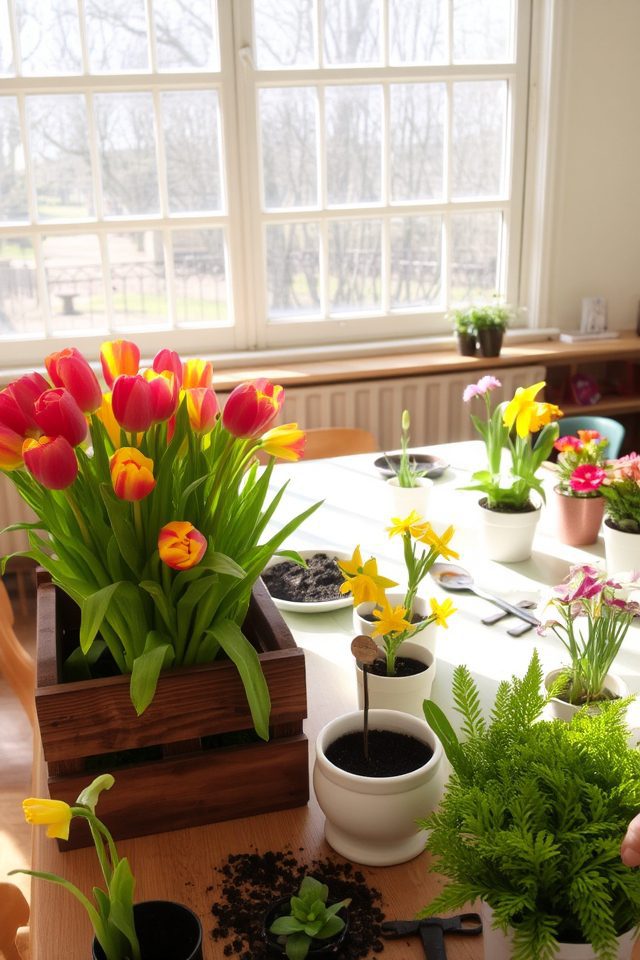
Seasonal displays with flowering plants can transform a classroom into a vibrant learning environment while celebrating nature’s beauty. Choose plants that bloom in alignment with the current season, such as tulips in spring or chrysanthemums in autumn. These displays not only enhance aesthetics but also serve as educational tools, allowing students to observe the life cycle of flowers and understand seasonal changes. Incorporating hands-on activities, such as planting or arranging blooms, further engages students and fosters a connection to the natural world.
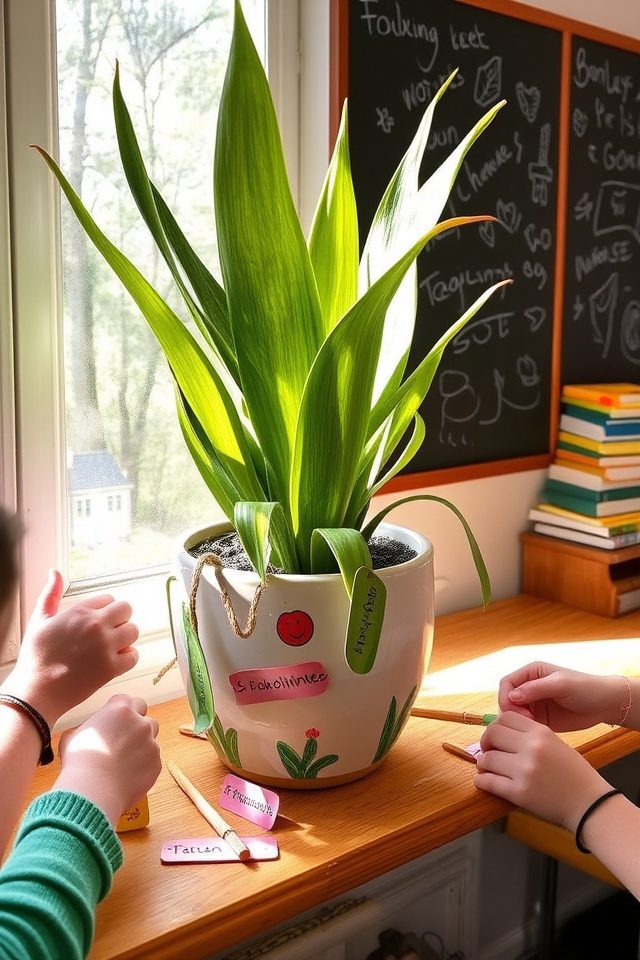
Incorporating plants as classroom mascots can create a unique and engaging atmosphere for students. Choosing a resilient plant, such as a snake plant or pothos, allows students to take responsibility for its care, fostering teamwork and nurturing skills. Naming the plant and sharing its growth journey can enhance classroom community, sparking discussions about botany and the environment. This living mascot not only beautifies the space but also serves as a reminder of growth and perseverance.
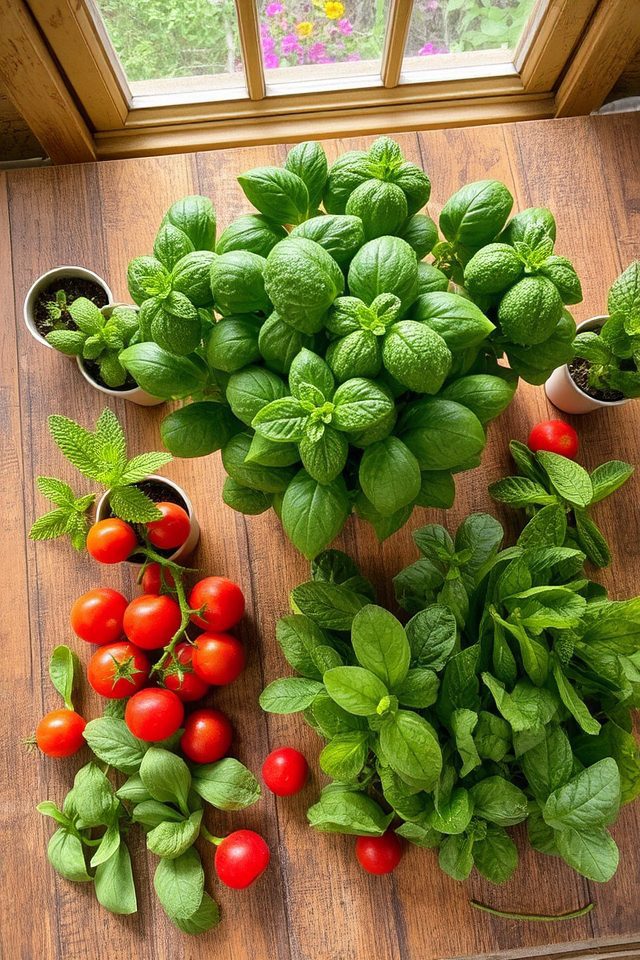
Incorporating edible plants into classroom settings offers an exciting way to engage students in science lessons. Growing herbs like basil or mint, or cultivating vegetables such as radishes or cherry tomatoes, allows students to observe plant growth, photosynthesis, and ecosystems firsthand. These hands-on experiences not only enhance their understanding of biological concepts but also promote healthy eating habits. By integrating edible plants into the curriculum, teachers can foster curiosity and a deeper appreciation for natural science.
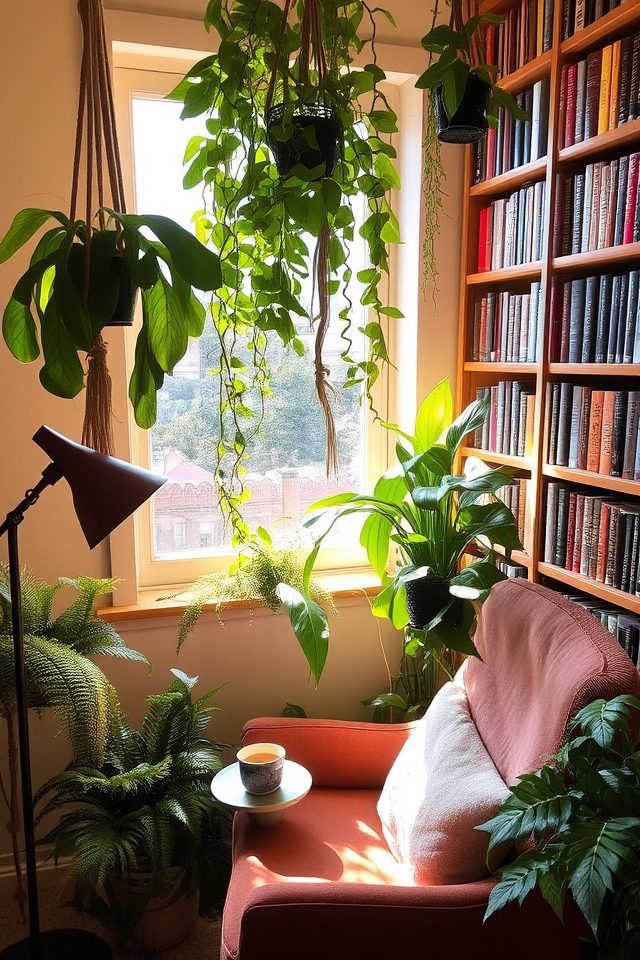
Transform your classroom into a tranquil retreat by creating a lush library nook filled with vibrant foliage. Incorporate a variety of plants like snake plants, pothos, and ferns to enhance air quality and aesthetics. Arrange cozy seating and soft lighting among the greenery, providing students a serene spot for reading and relaxation. This inviting space not only encourages a love for literature but also fosters a connection to nature, boosting creativity and mental well-being.
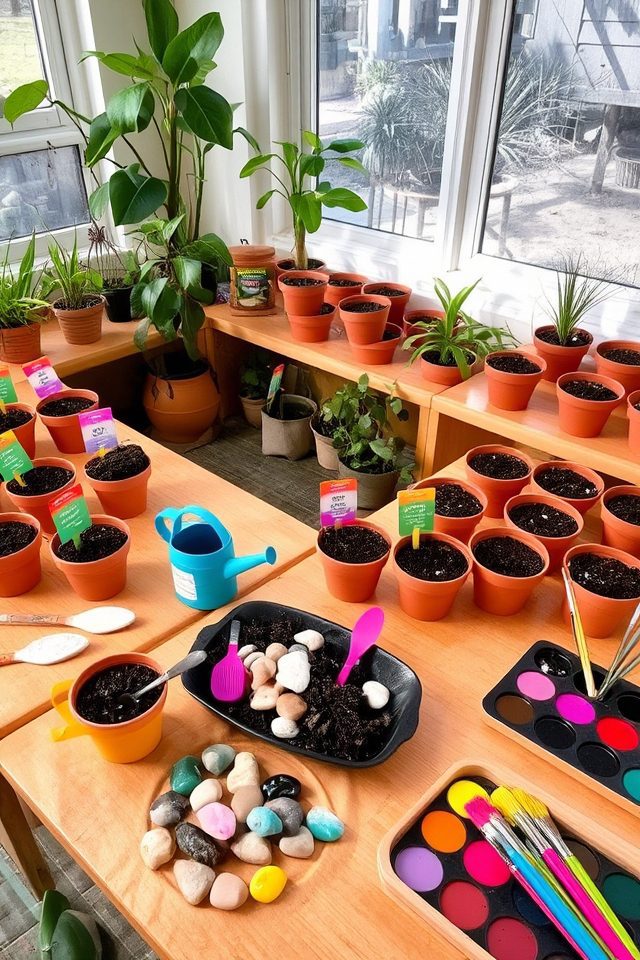
Creating DIY plant stations for student projects can enhance hands-on learning and foster a love for nature among students. These stations can include everything from potting soil, seeds, and pots to tools for measuring and caring for their plants. Students can explore different planting techniques, observe growth over time, and learn about ecosystems and responsibility. Incorporating art elements, like decorating pots, can also make the experience more engaging and personalized.
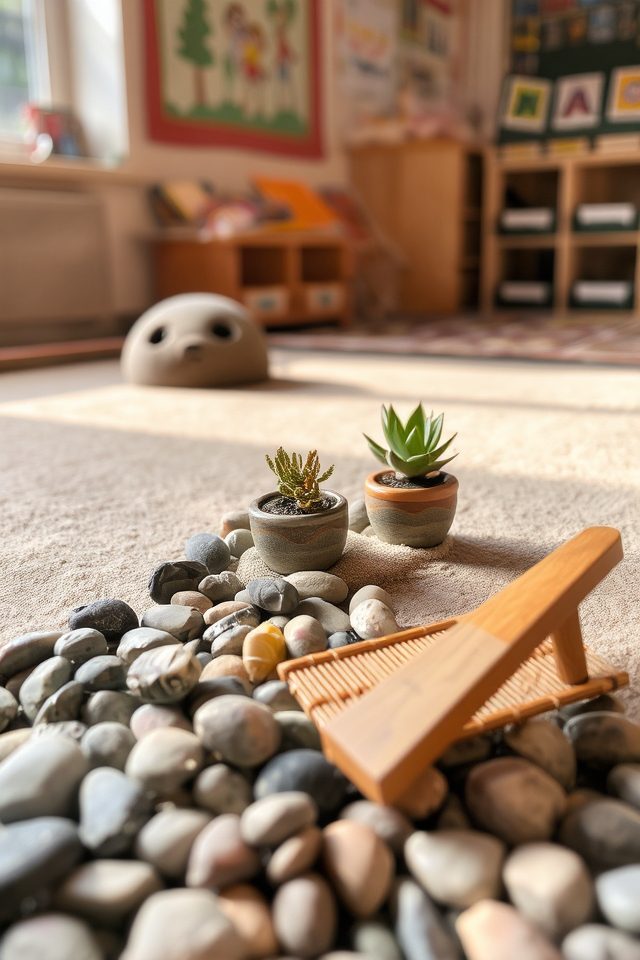
Creating a Zen Garden corner in the classroom offers a serene space for mindfulness and relaxation. Incorporate elements like small rocks, sand, and low-maintenance succulents to allow students to engage in raking patterns or simply enjoy the aesthetic. This tranquil environment can help reduce stress, enhance focus, and encourage reflection. Students can take short breaks in this peaceful nook, fostering a sense of calm and promoting positive mental health throughout the school day.
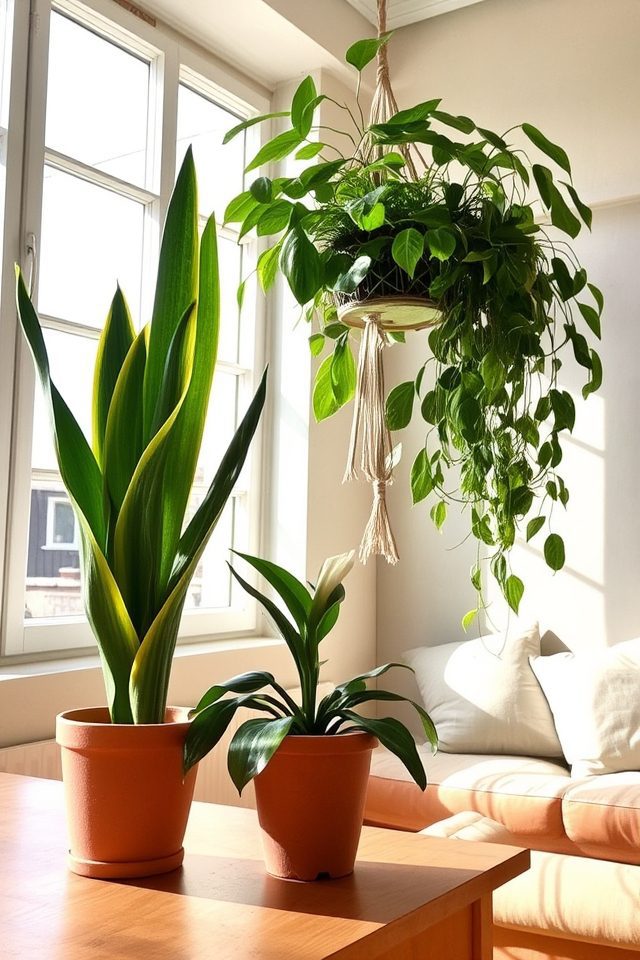
Incorporating air-purifying plants into classrooms can greatly improve indoor air quality and promote a healthier learning environment. Plants such as Snake Plant, Spider Plant, and Peace Lily are known for their ability to filter toxins like formaldehyde and benzene from the air. By adding these greenery options, not only can educators enhance aesthetics, but they can also boost students’ concentration and overall well-being, making learning more enjoyable and effective.
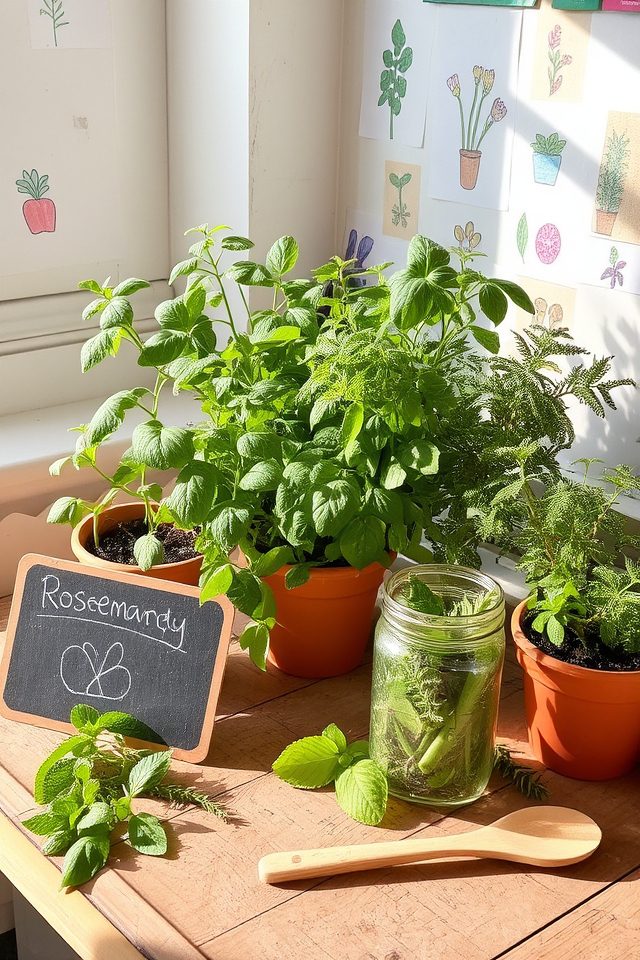
Themed plants can enhance classroom learning by aligning with specific lessons and subjects. For example, incorporating herb gardens in science classes allows students to explore botany, plant growth, and culinary applications. In history lessons, plants native to ancient civilizations can provide a tangible connection to past cultures. Additionally, using flowering plants to discuss ecosystems promotes a collaborative discussion on biodiversity. This hands-on approach fosters engagement and deepens understanding of various educational themes.
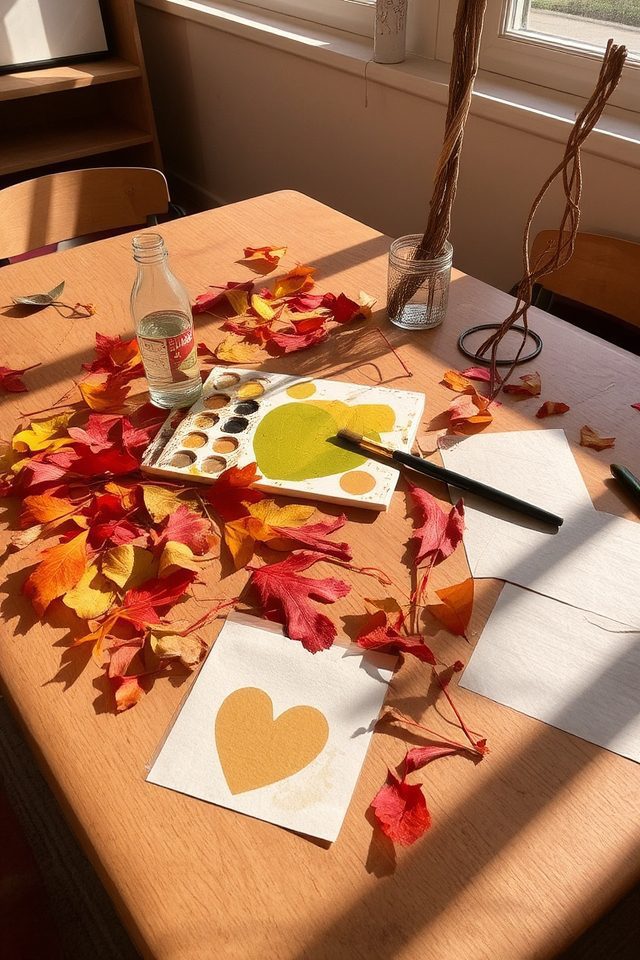
Nature-inspired art using leaves and stems can transform a classroom into a vibrant learning environment. Students can explore their creativity by collecting various leaves and stems to create unique artworks. These natural materials can be used for making leaf prints, collages, or even sculptures. This hands-on activity not only fosters artistic expression but also deepens students’ appreciation for nature and ecology, encouraging them to observe and connect with their surroundings in a meaningful way.
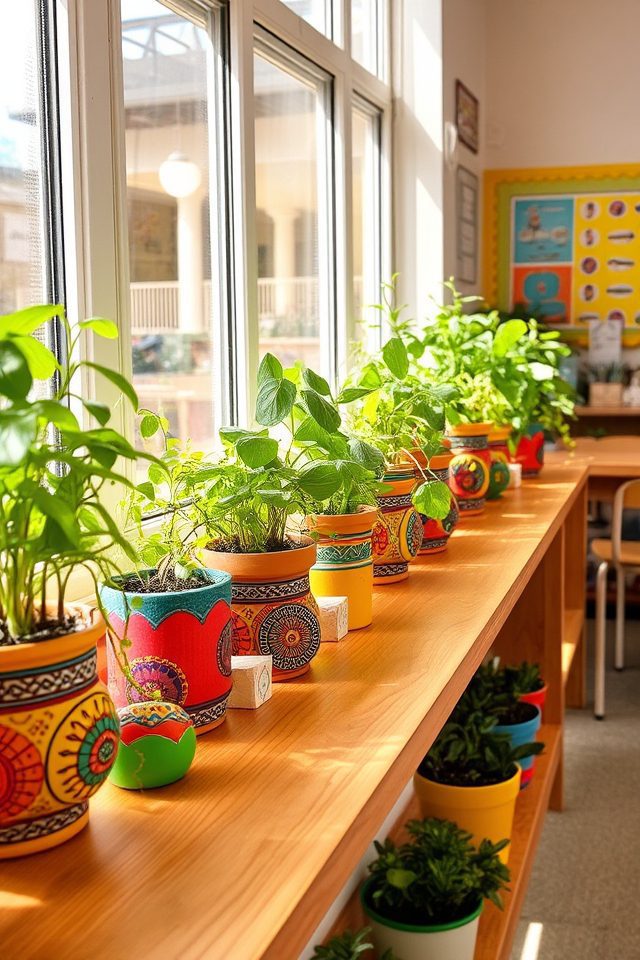
Colorful pots and containers can transform a classroom into a vibrant learning space while representing diversity. Choose pots in various shapes, sizes, and hues to reflect the uniqueness of every student. Incorporating multicultural designs or patterns can further promote inclusivity and spark conversations about different cultures. By placing plants in these eye-catching containers, educators can create an engaging environment that encourages students to appreciate the beauty of diversity in nature and society.
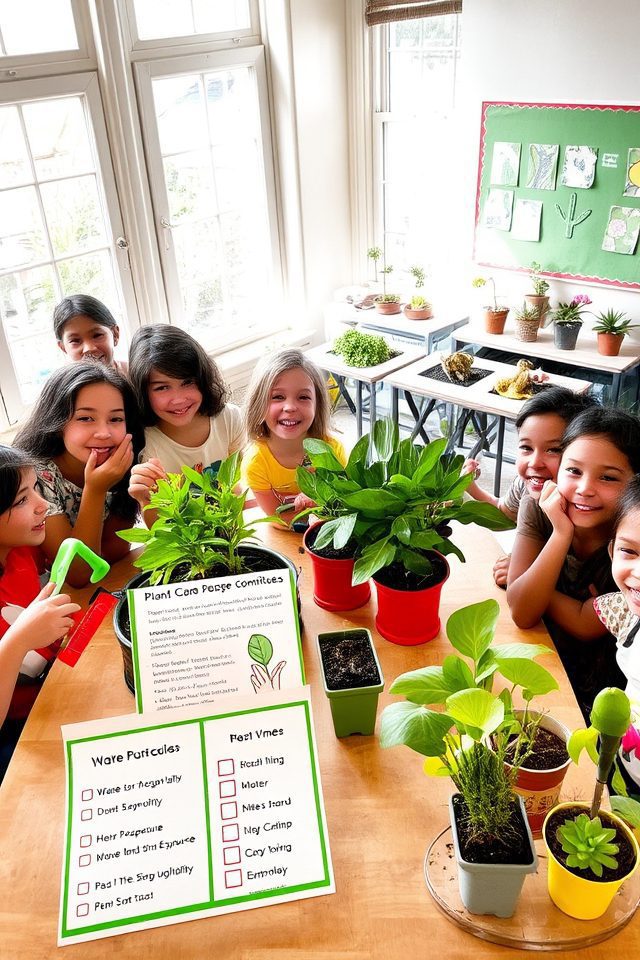
Establishing Plant Care Committees in classrooms fosters a sense of responsibility among students while enhancing their connection to nature. These committees can consist of small groups of students tasked with monitoring the health of classroom plants, watering them, and ensuring they receive adequate sunlight. This hands-on experience not only teaches students about plant biology and ecology but also encourages teamwork, accountability, and respect for living organisms, making learning both engaging and meaningful.
As you plant the seeds of creativity in your classroom, envision a vibrant garden where every student blossoms. By nurturing these green ideas—like desktop succulents and vertical gardens—you cultivate an environment ripe for growth and exploration. Just as a well-tended garden fosters resilience, these plant-inspired elements will encourage your students to flourish academically and socially. Embrace the beauty of nature, and watch your classroom transform into a thriving ecosystem of learning and connection.
